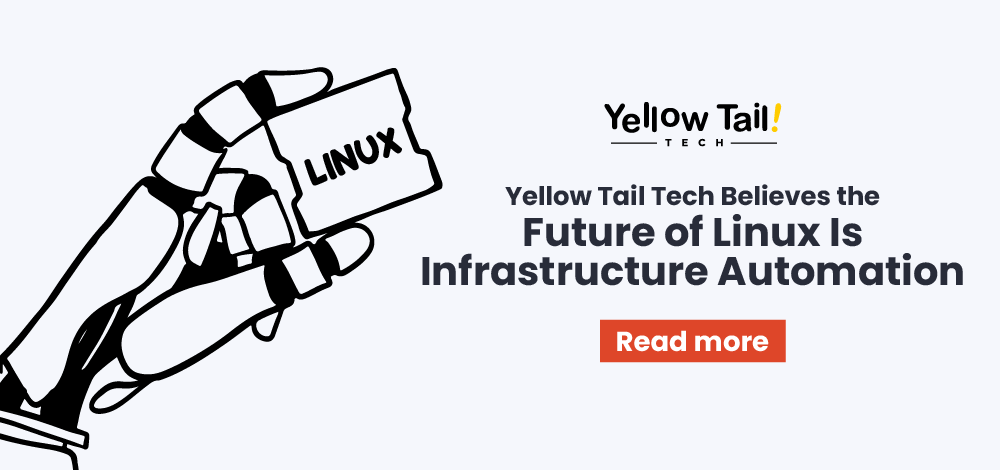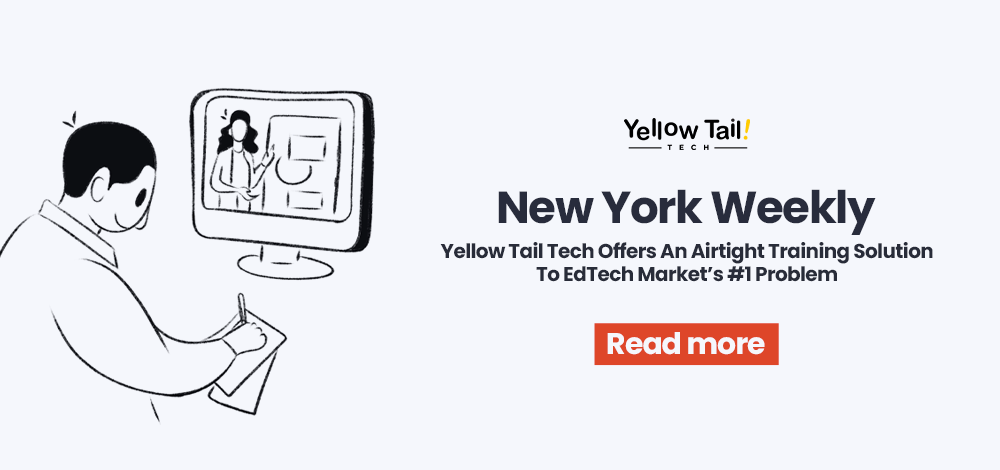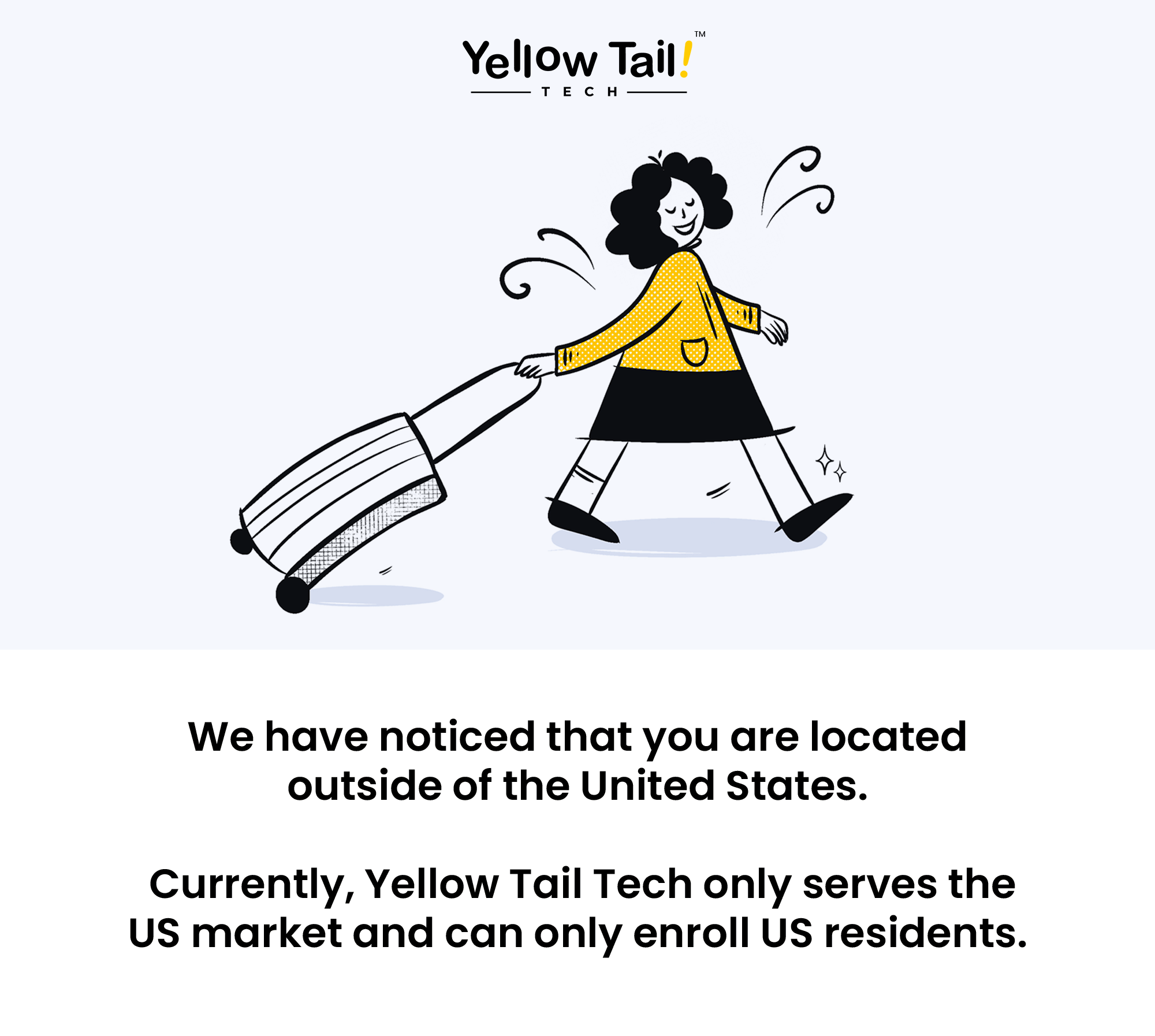Think about your day so far. You checked your phone, replied to a few messages, ordered breakfast through an app, or opened your laptop to work or study.
Information Technology (IT) powered every single one of those actions.
But what is Information Technology, exactly? And why does it matter so much in our world today?
Let’s unpack that in simple, human terms, because IT isn’t just about coding or computers. It’s about the way we live, connect, and build our future.

Making Tech Clear for Everyone
At its core, Information Technology (IT) means using computers, software, networks, and digital systems to process and share information. It’s what makes everything “smart,” from your phone, car, home, to entire cities!
If you’ve ever sent an email, joined a Zoom meeting, streamed a show, or bought something online, you’ve already interacted with IT.
A Quick Look Back
The story of IT began in the 1940s and 1950s, when giant machines called mainframes handled data processing for governments and large companies. Then came personal computers in the 1980s, which brought computing to homes and small businesses.
Fast forward to the internet boom in the 1990s, and everything changed.
Suddenly, IT had connected the entire world. Over the next few decades, smartphones, cloud computing, and artificial intelligence will reshape the way we work and live.
Today, IT is the backbone of almost everything from education and healthcare to business and entertainment. It’s no longer just a department in a company.
It is the company.
The Core of Information Technology
Now that you know what Information Technology is, let’s break it down into its main building blocks. You can think of IT as a living ecosystem where hardware, software, networks, and data all work together.
Key Components of IT
- Hardware: These are the physical tools: computers, servers, routers, and all the devices that make digital interaction possible.
- Software: The programs and apps that tell hardware what to do, everything from Microsoft Word to Netflix.
- Networking: The systems that connect devices and allow them to communicate. Without networks, the internet wouldn’t exist.
- Data Management: The process of storing, organizing, and protecting the endless flow of digital information created every second.
Put them together, and you get the modern IT environment. These components create the foundation of how organizations run and how individuals interact with technology daily.
IT Infrastructure: The Digital Backbone
Behind every successful company or service is a solid IT infrastructure.
This infrastructure includes:
- Servers that host data and applications
- Cloud computing platforms that provide scalable storage and processing power
- Networks that keep systems connected
- Security systems that protect everything from cyber threats
Without this invisible structure, the digital world would simply stop functioning.
IT Services: Keeping the World Running Smoothly
IT services are what keep this infrastructure alive and efficient.
These services include:
- Cybersecurity to defend against hackers and data breaches
- Technical support for solving everyday IT problems
- Software development to build innovative tools and applications
- Data analytics to interpret massive amounts of information and turn it into insights
Every email you send, every payment you make online, every video you stream, all depend on these IT services working behind the scenes.
Why IT Matters Today
So, why does Information Technology matter so much right now?
The simple answer: it’s the engine that drives modern life.
Whether you’re a small business owner, a student, or a professional, IT shapes how you operate, communicate, and grow.
The Latest Trends in Information Technology Networks
Today’s IT networks are more intelligent, faster, and more secure than ever.
Here’s what’s trending in the IT world:
- 5G connectivity that allows real-time communication and data transfer
- Cloud-based networks that scale easily and reduce physical infrastructure costs
- Software-defined networking (SDN) makes managing large networks more flexible.
- Zero-trust security frameworks that protect against modern cyber threats
These trends are transforming how businesses function and how people connect globally.
Key Components of an Information Technology Network
If you peeked inside a company’s IT setup, you’d see:
- Routers and switches that direct traffic between devices
- Firewalls and encryption tools that secure sensitive data
- Servers and cloud services that host critical applications
- Monitoring systems that ensure everything runs smoothly
Together, they create a network that’s fast, reliable, and safe, which is precisely what the digital world needs.
IT in Business and the Economy
Businesses thrive on data, and IT turns that data into action.
From online stores to multinational corporations, IT:
- Boosts productivity by automating tasks
- Drives innovation through software and system development
- Enhances competitiveness by giving access to real-time insights
Without IT, the world’s economy would slow to a crawl. It’s the reason startups can compete with industry giants and why global trade continues to evolve.
The Social Impact of IT
IT’s influence extends far beyond business, changing how we live as humans.
- Education: Online learning makes quality education accessible to anyone, anywhere.
- Healthcare: Digital health records and telemedicine save lives every day.
- Communication: From video calls to social media, IT keeps us connected across continents.
- Entertainment: Streaming platforms, gaming, and digital media are now core parts of our culture.
In short, IT doesn’t just make things easier; it makes things possible.
Global Connectivity
The internet, social media, and the Internet of Things (IoT) have made the world smaller than ever before. Devices talk to each other. People collaborate across time zones. Ideas spread globally in seconds.
That’s the power of IT: building bridges across borders and empowering innovation everywhere.
Digital Transformation in Action
If you’ve heard the term “digital transformation,” this is what it means: companies evolving through IT to stay competitive.
Here are a few examples:
- Automation in factories is reducing errors and costs
- AI-powered analytics helping retailers understand customer behavior.
- Cloud-based collaboration tools are making remote work seamless.
- E-governance improves public service delivery.
IT drives every breakthrough you see in business or government today.
Emerging Trends in IT
The IT landscape never stands still. Innovations are constantly redefining what’s possible.
Let’s look at what’s shaping the industry right now.
1. Cloud Computing
The cloud has become the heart of digital operations. It allows companies to store and process data online rather than relying on local servers. Cloud computing makes IT more flexible, cost-effective, and scalable, making it perfect for growing businesses.
2. Artificial Intelligence (AI) and Machine Learning (ML)
AI roles and ML are no longer buzzwords; they’re business essentials.
From predictive analytics to voice assistants, they help organizations make smarter decisions and automate complex processes.
3. Cybersecurity
As technology advances, so do threats. Data protection is a top priority, and cybersecurity specialists are in high demand. Every sector (from finance to healthcare) needs experts to guard sensitive information.
4. Big Data and Analytics
Data is the new currency. IT professionals use analytics tools to interpret large volumes of data, helping companies make informed decisions and predict market trends.
These trends show how dynamic IT is and how many career IT opportunities it creates.
The Future of Information Technology
So, what’s next for IT? If the past few decades are any indication, the future is both exciting and limitless.
Smart Infrastructure and 5G
We’re moving toward a world where cities, homes, and vehicles are all interconnected.
Smart cities powered by 5G networks will use IT to manage traffic, reduce energy use, and improve quality of life.
New Industry Frontiers
IT is blending with robotics, biotechnology, and environmental sciences to solve real-world problems, from climate change to medical breakthroughs.
A Growing Demand for IT Professionals
As technology continues to evolve, the demand for skilled IT workers grows with it. That means new jobs, new specialties, and new opportunities for anyone willing to learn.
Why You Should Start a Career in IT
Here’s the truth: you don’t have to be a computer genius to start a career in IT. What you need is curiosity, consistency, and the proper guidance.
Yellow Tail Tech offers beginner-friendly, online IT programs that help you gain real-world skills and certifications that employers are looking for. You’ll learn from experienced instructors, get hands-on practice, and prepare for tech roles that pay well and stay in demand.
Whether you’re starting from scratch or switching careers, Yellow Tail Tech can guide you every step of the way. Take the first step toward your tech career today! Visit Yellow Tail Tech and book a 10-minute intro call to learn more about programs designed to help you thrive in the digital world.
Frequently Asked Questions
- What is Information Technology in simple terms?
Information Technology is the use of computers, networks, and software to store, process, and share information. It’s the foundation of modern communication and business operations. - Why is Information Technology important today?
IT connects the world. It powers education, healthcare, communication, and global business. Without it, daily life as we know it wouldn’t function. - What are the main components of IT?
The key components are hardware, software, networking, and data management. Together, they make digital systems work seamlessly. - How does IT impact everyday life?
IT makes online shopping, digital learning, telehealth, and entertainment possible. It’s behind nearly everything we do with technology. - How can I start a career in IT?
Start by enrolling in an IT training program like the ones we offer at Yellow Tail Tech. You’ll gain the skills and certifications needed to land high-demand jobs in the tech industry.






